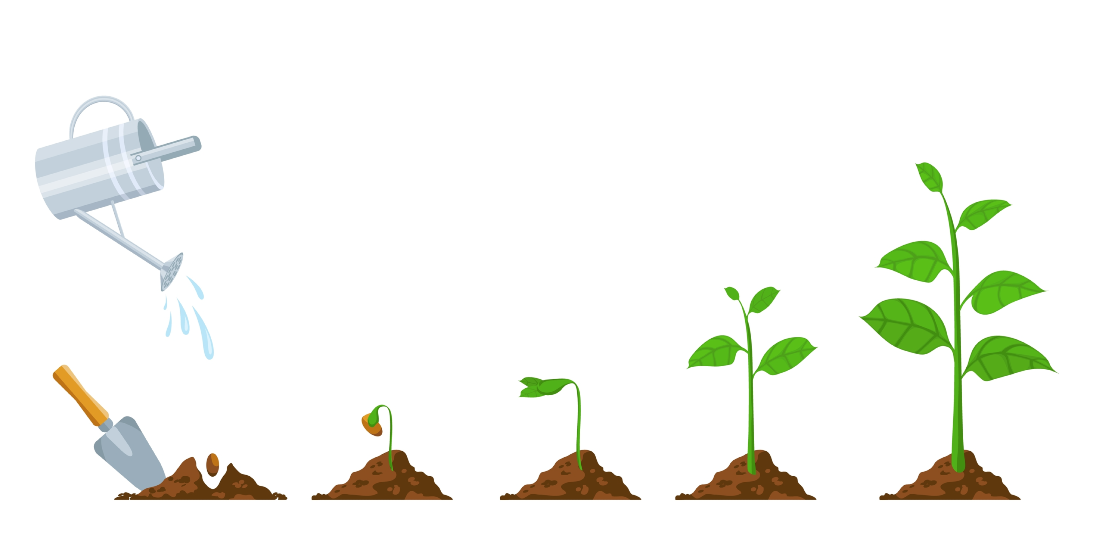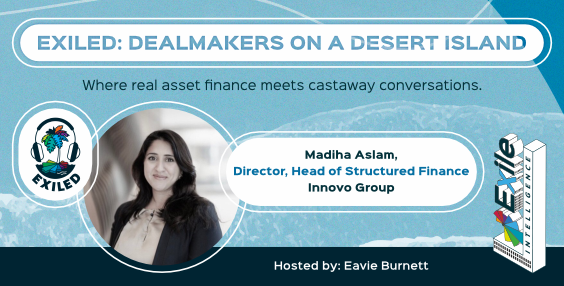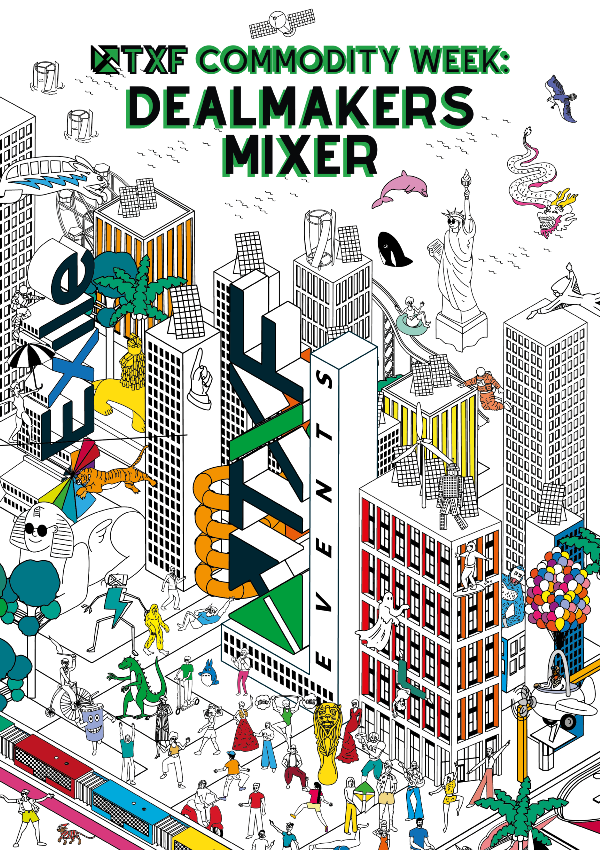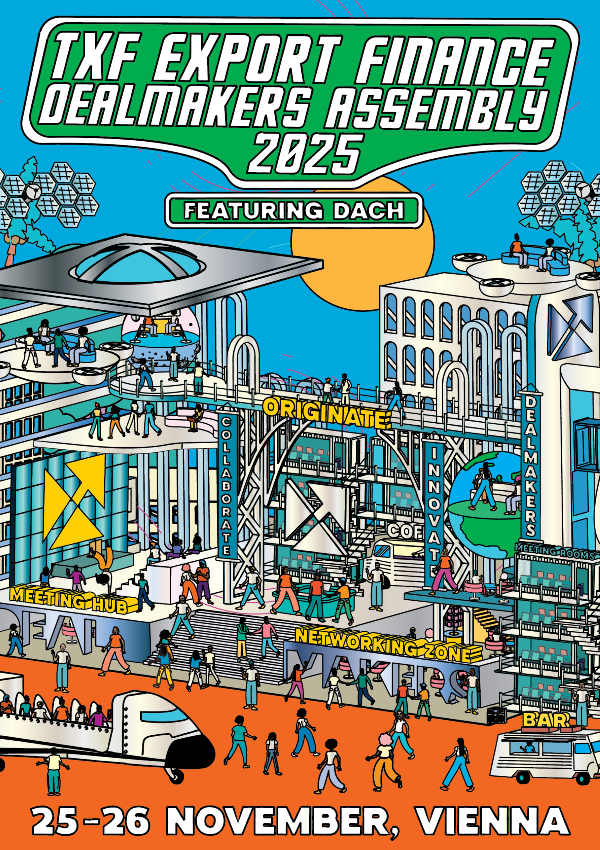From tech evolution to economic prosperity
Ahead of TXF New York 2018, Patricia Gomes, managing director and head of global trade and receivables finance for North America at HSBC, spoke with TXF about how a changed trade scene, and the influence of technology, is quickening the pace of trade finance.

TXF: How central to the bank's offering in North America is global trade and receivables finance?
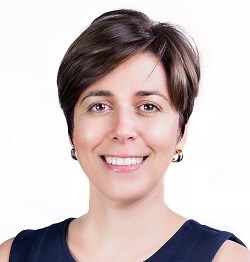 Patricia Gomes (PG): Very central, and actually critical. If you think about HSBC globally, we are the world's number one trade finance bank. Bigger than the next competitor by a factor of two. We support about a half a trillion dollars of direct trade a year, globally. It gets even larger when you consider indirect trade. In North America we rank in the top five. We support both the global supply chains of our North American clients, as well as, international clients that are trading into North America.
Patricia Gomes (PG): Very central, and actually critical. If you think about HSBC globally, we are the world's number one trade finance bank. Bigger than the next competitor by a factor of two. We support about a half a trillion dollars of direct trade a year, globally. It gets even larger when you consider indirect trade. In North America we rank in the top five. We support both the global supply chains of our North American clients, as well as, international clients that are trading into North America.
This is a region that is at the center of world trade. Certainly, it is an interesting time given developments in trade policy, but North America is, and will continue to be, involved in global supply chains. Our role as a bank is to deliver the world to our North American clients, and North America to our international clients. This is critical across various client segments, supporting both our global banking clients and our commercial banking clients.
TXF: Trade finance is said to be on the verge of enormous change. Do you see what's happening now as more of a natural evolution, or is this a step change in how trade finance is conducted?
PG: This is definitely one of the most interesting times to be involved in trade finance. This very traditional service is being confronted with the prospect of tremendous technological innovation, as well as a change in what we are trading, where we are trading – and how we are trading.
In terms of what we are trading, we're seeing a huge growth in the trading of services. So, not so much producing widgets in a factory in Vietnam, putting them on a ship, sending them to San Francisco, and unloading them at the port. You think about 3D printing, you think about services that are being delivered by the cloud. Now you have engineering plans being drafted in a service center in Bangalore, uploaded into the cloud, downloaded in San Francisco within a matter of hours, printed off on a 3D printer, and sold to a consumer. So the type of goods that are being traded are not necessarily physical goods anymore, but services. A change in the characteristic of what is being traded means you also need a change in the type of solutions. You need faster solutions to support this new, faster world.
In terms of where we're trading, there’s a fundamental shift from west to east. Think about the middle class in China. It will be less indebted and will have more disposable income. China has the largest share of global trade, and it is growing. Think about the Belt and Road initiative, which is going to be one of the biggest infrastructure projects the world has ever seen. This all adds to the shift in where trade is happening.
With how we are trading, what you've seen over the last couple of decades is the rise of the Internet, and with it the democratization of trade. Previously if a US company wanted to grow internationally, they would have to physically go to Thailand, Vietnam, the Netherlands, wherever, and set up a presence and open up a factory or distribution center. Now, with e-commerce, you can have a relatively small company that can immediately start distributing all over the world – we call this the rise of micro-multinationals. It’s a fundamental shift in how companies operate.
What all this means is that we need completely different technological solutions to support both the trade in services, certainly from the fundamental shift in regions that need to be supported, and also the rise in e-commerce. And the technology needs to support a much cheaper, faster, safer way of trading.
TXF: There are many tech buzzwords around in trade finance at the moment, in particular I'm thinking about AI, automation, OCR, and blockchain. Which do you think is going to have the fastest impact over the next couple of years?
PG: In the short term I don't think it's going to be AI or blockchain. I think the biggest impact, that you can see ramping up, is the development of bank agnostic platforms. This allows for corporates to be connected to both the physical and financial supply chain, including all of their trade finance providers. We’re already seeing the flexibility it provides to corporations, allowing them to sidestep the inconvenience of connecting multiple bank platforms to their internal systems. HSBC is welcoming and embracing this development and actively participates with the platforms that we feel are best in class from a security and functionality perspective.
TXF: How about in the longer term, what do you think will have the greatest impact?
PG: I think what's going to have the greatest impact is blockchain technology, but there is a long path to get there. What's really important to remember is that you cannot wake up one day and put things on to blockchain technology - most of what you would want to is still paper-based and not digitised. You also cannot take documents that are not standardised. So the evolution is: from non-standard paper to standardised paper, then into digitised documents, and then you talk about distributed ledger. That's why I don't think it's going to be in the immediate term. You're looking at five years out, because of the evolution that needs to happen.
Should this evolution proceed, and we are seeing every indication that it will, then blockchain technology will have the greatest impact. It could be about the ultimate goal that I mentioned that is necessary to support the types of the goods that are being traded, and how they are being traded – the technology that can provide a cheaper, faster, and more secure trading mechanism. Blockchain technology will enable that. But you do need to digitise first, and that is the key thing that clients need to start preparing for.
TXF: Are there technologies out there that you feel have been exaggerated or overhyped?
PG: I don't think it’s an exaggeration to say the industry will change. It's a matter of how it will change and how fast will it change. If you think about blockchain technology, which I do believe is going to be transformative. It will only happen if we actually work together in a collaborative ecosystem. You can’t have ten different blockchain solutions. That is not going to achieve the ultimate goal, and you would create digital islands. What the industry needs is more cooperation, more parties coming together, and that should include all the different parties that impact a supply chain.
You need the corporations naturally that are producing and trading. You need the shippers and the ports. You need the providers of finance. And you need a regulatory framework to bring all these units together to create this industry ecosystem – there cannot be ten of them. Coming together and working together is one of the big challenges. You're talking about a lot of different constituents. I think that it will happen, and it's just a matter of time. That's my belief.
TXF: Are there other innovations that are already having an impact?
PG: Yes, with artificial intelligence (AI) we're already seeing the benefits from a risk perspective in terms of technology that we are piloting to help us monitor financial crime. Once again, the challenge is digitisation. We are using optical character recognition to try and take information from non-standard documents and put them in a standardized format in a digital environment where you can then run them through AI technology. If you can do that, you no longer need to have a quantity of paper documents that are examined by two pairs of eyes for various red flags relating to financial crime. You can then have an environment where you run algorithms and you start using AI technology to look for patterns to detect and minimise financial crime.
TXF: This is an industry that has so many different constituents, and many still use paper. Will a fully digital trade world be a reality or are we going to be in a sort of a halfway house where there's still a role for traditional paper trade products such as the letter of credit or the bill of lading?
PG: The goal is to have everything digitised in an electronic format. But this will take time, and it all comes back to regulatory acceptance. There may be certain regions or nations or industries that are slower in adopting this and that's going to be the biggest hurdle.
I'm an eternal optimist though. As part of our forays into blockchain, such as the R3 Corda blockchain transaction we did with Cargill, we saw enormous interest from the commodities industry and a willingness to change. You start creating a bit of a bandwagon effect, as technology evolves and more and more institutions adopt it, there will be a tipping point. It is all about economies of scale. The more participants you get into that ecosystem the more valuable it will be.
TXF: It's interesting how shipping companies and port authorities are getting involved.
PG: Yes, there is some real forward thinking happening out there. You just need to look at what is happening with smart containers in the shipping industry, and the wider concept of the Internet of Things. Containers can be tracked, their temperature can be monitored, you can check if the doors have been opened or not. All of this integrates really nicely into this ecosystem of DLT. The technology is out there, and the advantages are clear. I don't see that you can stop this evolution from happening.
TXF: It sounds like the main stumbling blocks that the industry has to overcome are going to be regulatory, and therefore potentially external to the industry.
PG: I think there are two main stumbling blocks and a third to be aware of. The first is the removal of paper – corporations have to start preparing for the digitisation of trade. A lot of clients ask what they can do to start preparing, and our advice is to embrace any existing digital offering such as electronic bills of lading and any type of mobile or desktop applications. This is self-reinforcing and pushes you to move down the digitisation pathway.
The second is of course the regulatory involvement. Blockchain operates on a shared ledger, so who’s going to operate it? It cannot be operated for profit. You need an industry body to manage the ecosystem and a regulatory framework to enable it to function.
The third thing to bear in mind, which I think is quite critical, is a mindset change. The more parties that come into the ecosystem, the better for everyone. So trade finance providers need to come together and collaborate across the same platform.
TXF: What are you most excited about in the next 12 to 18 months?
PG: Overall, I am just excited to be seeing this change happen to the industry. Making trade cheaper, faster, and more secure. What that does is it provides confidence, it allows you to address the challenges of what we’re trading and the e-commerce aspect. The minute you do that, you promote business growth. Ultimately, this industry links into the direct economy and promotes business growth. That’s what excites me. This is not just about a group of banks getting together to figure out how to reduce costs. This is an evolution in technological tools that can bring about economic prosperity, because we are dealing with the challenges of the industry today.

